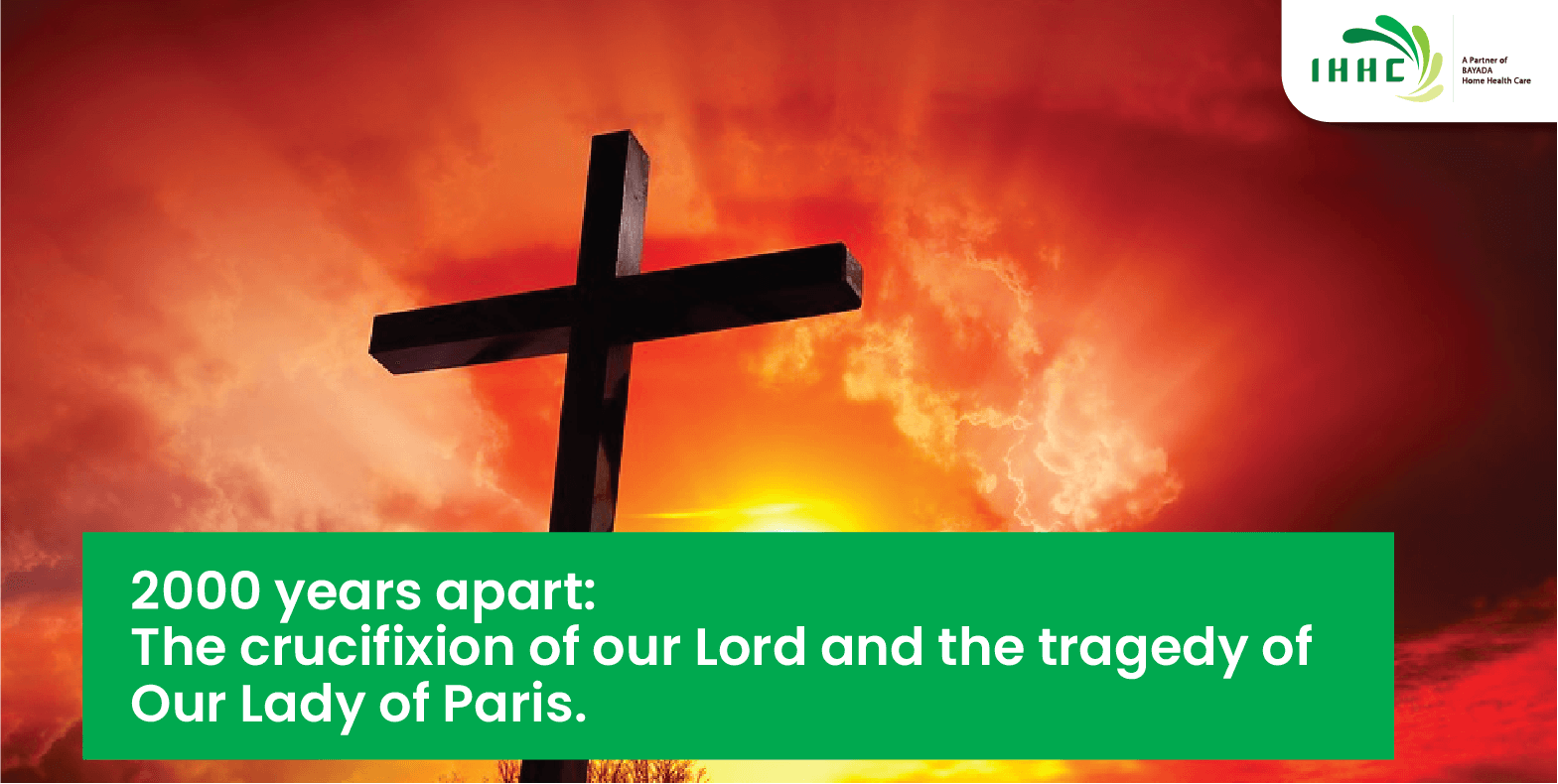Is there a need for home healthcare in India?
This weekend Christians around the world were set to mourn the death of Christ the saviour, and then celebrate his resurrection. What they didn’t know till early last evening was that another great tragedy was unfolding – the death by fire of one of the greatest icons off Christianity, especially so for the Catholics, the ravaging of the Cathedral of Notre Dame – or, as the French call her – Our Lady of Paris. An 850 year old cathedral, one of the finest examples of French Gothic architecture that took several life times to build, with many renovations being carried out over its 800 plus years of existence – especially after the devastation wrought by the French Revolution when the cathedral suffered almost fatal damage. But, renovated she was, and she lived on to flourish and prosper under the gaze of the admiring millions who have visited her over the centuries.
The French are devastated, and the searing grief that is being felt around the world is impossible to quantify. Christians of all denominations have vocalised their feelings on every media platform, worldwide. Why has this tragedy – a harrowing one by any standard, struck so close to the hearts and souls of Christians, and specially the Catholics?
To quote Wikipedia, “Notre-Dame de Paris: meaning "Our Lady of Paris", often referred to simply as Notre-Dame, is a medieval Catholic cathedral…The cathedral is considered to be one of the finest examples of French Gothic architecture. Its innovative use of the rib vault and flying buttress, its enormous and colourful rose windows, and the naturalism and abundance of its sculptural decoration set it apart from the earlier Romanesque style.”
“The cathedral was begun in 1160 under Bishop Maurice de Sully and was largely complete by 1260, though it was modified frequently in the ensuing centuries. In the 1790s, Notre-Dame suffered desecration during the French Revolution; much of its religious imagery was damaged or destroyed. In 1804, the cathedral was the site of the Coronation of Napoleon I as Emperor of France, and witnessed the baptism of Henri, Count of Chambord in 1821 and the funerals of several presidents of the Third French Republic.”
It is very obvious that the hugely important role this Cathedral has played, and still plays, in the lives of Christians around the world is incalculable. And, mirroring the resurrection that took place 2000 years ago, we hope this iconic and holy building is also given a new life that will take it forward for the next 2000 years.
Easter, as we are all aware, is a time for sadness, mourning and joy. Christ’s disciples and followers were devastated by the way he was betrayed and then crucified in the most painful way possible, sacrificing his own life for the eternal souls of sinners and innocents alike. They thought the end had come. But, they were wrong. Because on Easter Sunday, their Lord, the son of God, was born again, resurrected and lifted up into heaven – with the promise of eternal peace for all on earth. We hope that the tragedy that engulfed the Cathedral of Notre Dame has the same ending of rebirth and regeneration, with the same promise of peace and harmony for all on earth. We wish everyone new beginnings, new hope, and a harmonious and peaceful Easter.




